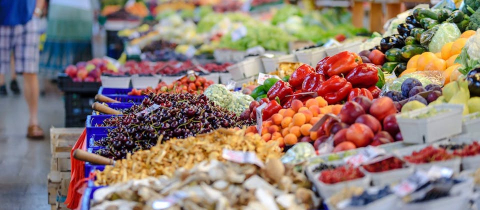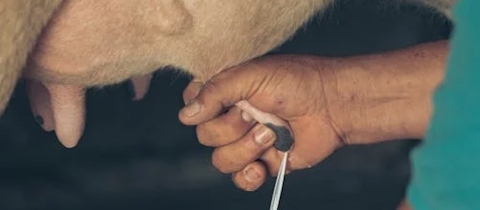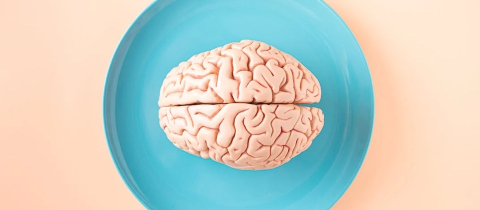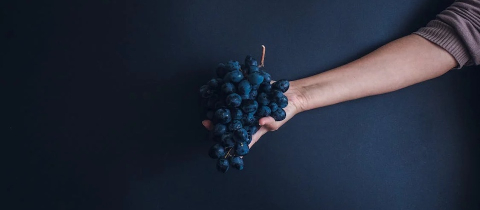Oh no, there’s rocket fuel in my chocolate!
The year 1828 was a good one for chemistry. In Germany, Friedrich Wohler demolished the theory that “natural” substances could not be made in the laboratory because they harboured some sort of “vital” force that could not be reproduced. Wohler managed to convert ammonium isocyanate into urea, a “natural’ compound found in the urine. And in Holland Conrad Van Houten accomplished something that would have almost as far reaching consequences. Heinvented a press to separate cacao butter from cacao beans and made the production of chocolate as we know it possible!
The source of all chocolate is the cacao bean. These are found inside the pods that are the fruit of the cacao tree. First, the beans are removed from pods and heaped into a pile where they begin to ferment. Sugars start converting to alcohol and acetic acid. As the acid concentration increases, the sprouts inside the beans die and release enzymes that break down the proteins and sugars to a host of flavorful compounds with tongue-twisting names like phenyl acetic acid, dimethyl sulfide, 2-methoxy-4-methylphenol and 1-methylnaphthalene. These are just some of the 800 or so compounds that together make up the flavor of chocolate. Among them is theobromine which is toxic to dogs but mercifully not to humans.
Roasting follows, causing the beans to turn brown. This is a consequence of the “Maillard reaction” by which amino acids react with sugars to form brown pigmented "melanoidins." After roasting, the sprouts, or "nibs" as they are called in the trade are easily removed and are ground to a substance that hardens and forms "chocolate liquor." This was the earliest and most primitive form of chocolate. When it was mixed with water it formed a beverage that was bitter and was tainted by an oily layer of fat floating on top. This is where Van Houten stepped in. He developed a hydraulic press by which the cacao fat could be squeezed out of the chocolate liquor leaving a residue that could be pulverized to a fine powder. It was still bitter but Van Houten found that if he treated it with sodium bicarbonate or ammonium hydroxide, the bitter tasting compounds were destroyed and a mild flavored powder was produced. This made for a far better beverage than had been available up to that time, but perhaps Van Houten's biggest contribution was the separation of the cacao fat.
About twenty years after his discovery, J.S. Fry in Britain found that the addition of cacao fat and sugar to chocolate liquor would produce a chocolate bar. Previously chocolate was always consumed as a beverage, but now it could be enjoyed as a solid treat. Then in 1876 Henri Nestle and Daniel Peter found that adding condensed milk to the bar gave a milder flavor and American Milton Hershey devised methods of mass production. Chocolates have been delighting young and old alike ever since with their 800 or so compounds that make up chocolate flavor. One of these is furfuryl alcohol, a chemical that has been used as rocket fuel. I wonder if Ms. Hari will consider issuing a warning about chocolate because rocket fuel surely doesn’t belong in our body.







